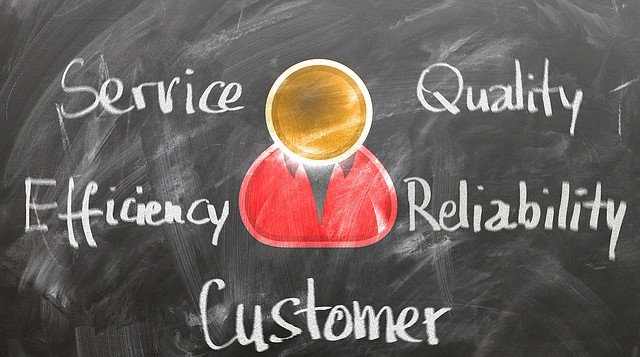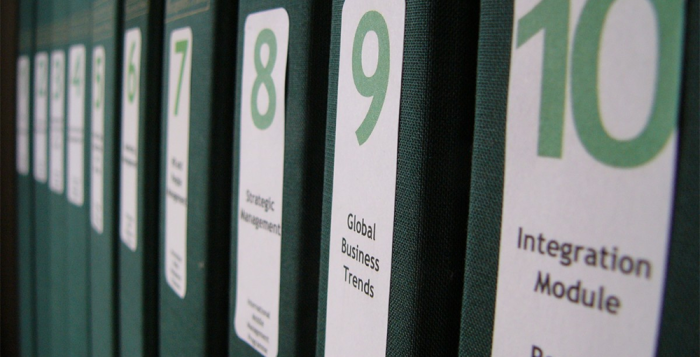Improving your Quality Management System is simpler than you think. By learning about ways to improve, you are already well on your way to achieving success with your organization or auditor training. Follow these 10 simple suggestions and you will see changes.
10 Simple Ways to Improve your Quality Management System
1. Commit to improvement
For any QMS to improve, it is essential that everyone is committed to seeking problems, evaluating efficiency and effectiveness of processes and implementing better and improved ideas. Management should be the first to make this commitment and if management “walks the talk” then everyone will follow.
2. Analyse and assess current QMS
Organizations need to take a closer look at their current practices in order to identify any gaps between what is being done and what should be done. This can be achieved by interviewing workers in critical control points, reviewing procedures and records and observing how processes are occurring. Any steps that are not adding value to the process, the system or the organization must be identified, removed or improved.
3. Include everyone in training programs
A QMS is not the responsibility of one person or one department. Everyone must be involved in improving the quality of products, services and processes.
Organizations should establish a training program for new employees and existing ones. These programs should promote knowledge, produce skills and capacities and reduce resistance when implementing new ideas for improvement.
4. Define clear goals and objectives
QMS should aim at achieving specific goals. If a clear path is not drawn, there’s a risk that people will be working real hard but in different directions. Time should be spent in assuring everyone knows these goals, how they’ll be achieved, how they’re measured and periodically they should be informed of where the organization is standing in relation to these goals.
5. Use the correct key performance indicators
Organizations need to carefully select and review their KPI’s (Key Performance Indicators). KPI’s let an organization know how efficient and effective processes are, and indicate where possible problems could be. If they are not giving a real overall picture of where the organization is at regarding quality, then another look should be taken to change or improve what and how performance is being measured.
6. Listen to the suggestion
Create a system that will promote workers and customers to share improvement ideas. Many great improvement ideas come directly from the people processing a product or the people that actually use it.
7. Give credit
Giving credit to those who deserve it encourage participation throughout the organization and motivates workers by recognizing their work and their ideas. Compensation or recognition should not necessarily be monetary, a simple public recognition in working meetings to can have great effects in lifting workers morale.
8. Make the system simple
A QMS that is extremely complex and overloaded with documents is not necessarily the best one. If documents and procedures are long and complicated, it is very likely that people will never use them.
Evaluate the system and make sure that it makes sense and that it’s as simple as possible.
9. Create quality groups
Some organizations face difficulty with workers from different departments or areas that are reluctant with sharing information. By bringing together people from different areas to evaluate processes and recommend improvements, an open and more effective communication can be achieved between areas that operationally seem to be apart.
10. Have a quality attitude
In order to reach the goals that have been set, organizations need to identify and detect problems and weaknesses but they must focus on improvements. If managers are constantly focusing on failures and defects and not on how to remove or improve them, the right attitude and mindset for quality will never be achieved.
Learn how to prepare your company for the ISO Implementation Process.










